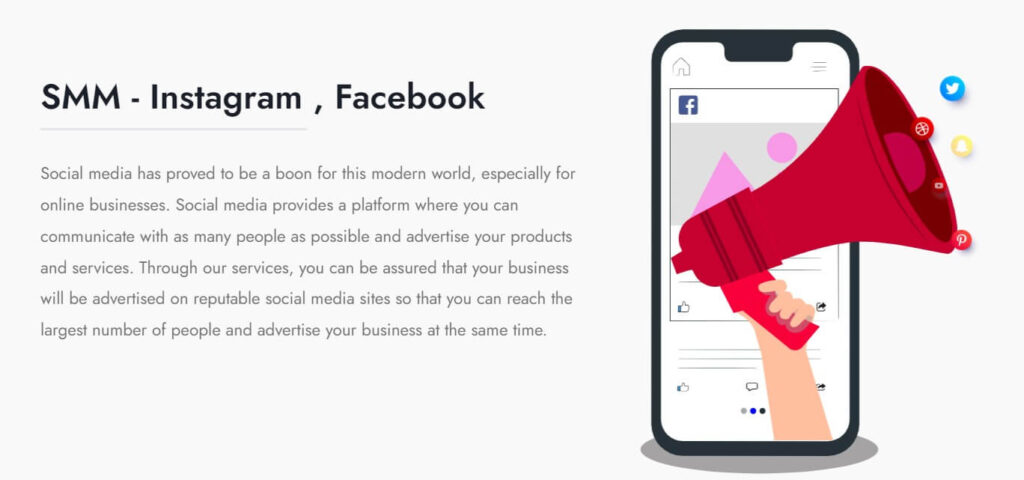The use of social network advertising by companies to connect with their target market has grown in popularity and effectiveness. It does, however, also have a unique mix of benefits and drawbacks. Let’s investigate the Social network:
Advantages of social network advertising:

1. Audience targeting
Social media platforms let marketers target users based on a range of demographics, interests, behaviors, and even geographic locations. The possibility of reaching the intended audience rises thanks to this customized strategy, which also enhances the efficiency of marketing initiatives.
2. Global reach
Social networks have billions of users who are actively using them. Businesses may potentially reach a large audience and raise their brand’s awareness by running advertisements on these platforms.
3. Cost-effectiveness
Social network advertising may be more economical than more conventional forms of advertising. Advertisers may establish spending caps, target particular demographics, and monitor the effectiveness of their ads in real time. They also have better financial control.
4. Increased interaction
Social network advertising frequently provides viewers the option to interact with the information directly. Users have the option to like, share, comment, and even make a straight purchase from the advertisement. This degree of interaction can boost conversion rates and boost engagement.
5. Comprehensive analytics
Social network advertising systems offer comprehensive analytics and information on the effectiveness of ads. Metrics like impressions, clicks, conversions, and engagement may be tracked by advertisers, enabling them to assess the success of their campaigns and make data-driven decisions for optimization.
Disadvantages of social network advertising:

1. Ad blindness:
As the number of adverts on social networks rises, people may become ad-blind and unconsciously ignore or scroll past ads. This may lessen the effect and exposure of advertisements, making it more difficult for marketers to draw their target market’s attention.
2. Ad fatigue:
The constant exposure of people to the same or similar advertisements can cause ad fatigue. Users may form unfavorable associations with the brand or choose to ignore the commercials when they become weary of seeing recurrent adverts. To avoid ad fatigue, marketers must maintain variety and freshness in their ad material.
3. Privacy issues:
Social network advertising uses user information to efficiently target advertisements. However, the utilization of personal information has prompted consumers to express privacy concerns. To keep users’ confidence, advertisers must be open about how they obtain data and abide by all applicable privacy laws.
4. Platform dependency:
Social network advertising depends on particular platforms, which is called platform reliance. The success of advertising campaigns can be severely impacted if a platform loses popularity or changes its algorithm or advertising restrictions. To reduce the danger of platform dependence, advertisers must diversify their advertising outlets.
5. Ad blockers:
To stop advertisements from showing up in their social media feeds, many users use ad-blocking software or browser extensions. Since some of the intended audience may not see the ads as a result, this can lessen the reach and effect of social network advertising.
Overall, social network advertising has several benefits in terms of engagement, cost-effectiveness, targeting, and reach. But it also has drawbacks including ad fatigue, ad blindness, privacy worries, platform dependence, and the popularity of ad blockers. When preparing and carrying out their social network advertising strategy, advertisers should give careful consideration to these elements.

